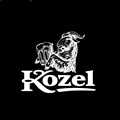Meru and Eburu – Prague Zoo’s Rare Mountain Bongos Given Names
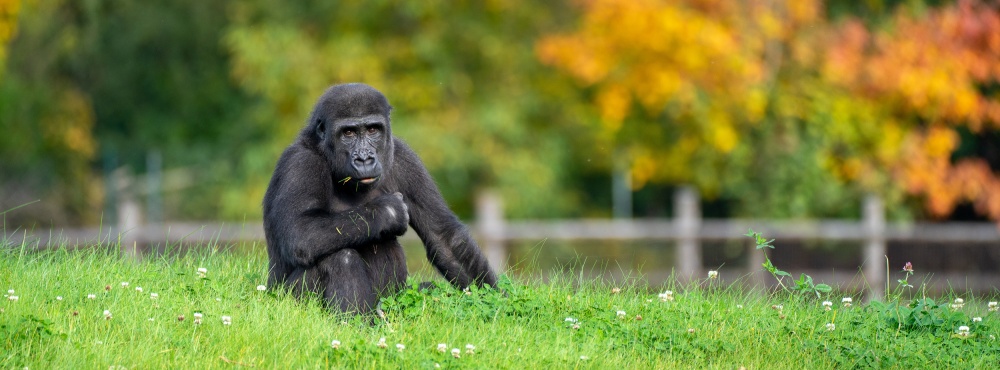
On Saturday, October 11th, Prague Zoo ceremonially “baptised” two mountain bongo calves. Their godfather is the YouTuber Stejk. The names of the two males emphasise the threats these forest antelopes face. Critically endangered, the only place where bongos live in the wild is in Aberdare National Park in central Kenya. The population here is roughly thirty to forty strong.
 The “big-eared” calves were named Eburu and Meru. Pictured here, from left, youtuber Jakub Steklý alias Stejk and keeper Lucie Křížová. Photo Václav Šilha, Prague Zoo
The “big-eared” calves were named Eburu and Meru. Pictured here, from left, youtuber Jakub Steklý alias Stejk and keeper Lucie Křížová. Photo Václav Šilha, Prague Zoo
Jakub Steklý, the calves’ godfather, alias YouTuber Stejk, said, “I hope the calves have long, healthy and happy lives – be that at Prague Zoo or in the wild, where they or their descendants could one day return and help their species.”
The calves came into the world on August 6th and 18th. The first to be born was the calf of the experienced female Dafne. Barbora Dobiášová, Prague Zoo’s curator of ungulates, said, “His name, Eburu, refers to an area in Kenya where, until recently, bongos used to roam. However, Eburu Forest has now become one of the places where these antelopes, with their characteristic chestnut coat, are quite likely to have become extirpated. Nevertheless, thanks to our colleagues at the Mount Kenya Wildlife Conservancy, the very same place will become one of the locations where mountain bongos will return in the future.”

The contrasting chestnut-coloured fur with white stripes and spots helps the mountain bongos hide in the dense undergrowth. The photo shows Rayli’s calf. Photo Petr Hamerník, Prague Zoo
The younger calf, Meru, was born to a female named Rayli. Lucie Křížová, who has bred bongos for many years, said, “Meru is an area in Kenya where a new rescue centre was set up at the start of the year. Its main focus is conservation and strengthening wild populations in the future.”
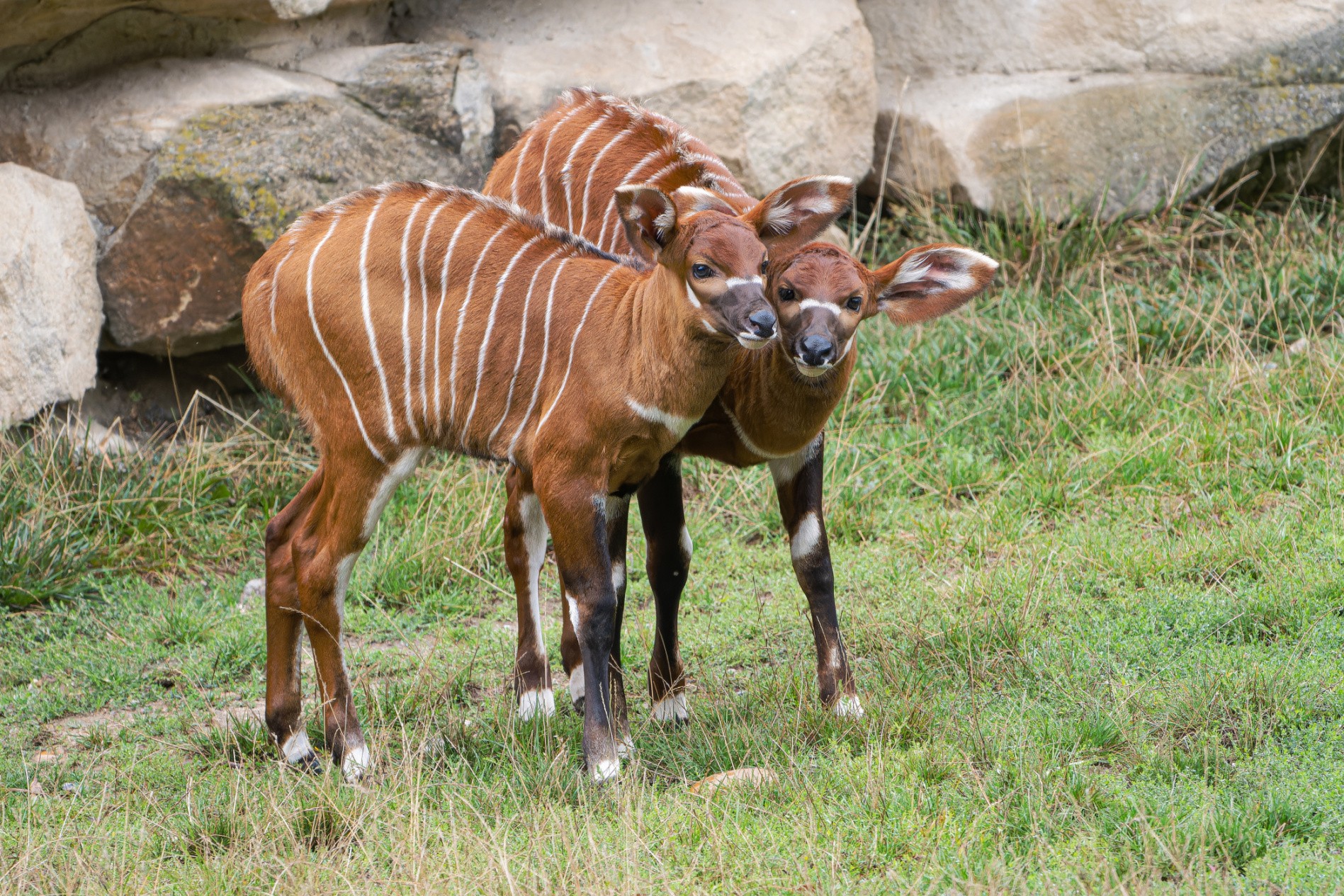
Every day visitors can observe the calves as they play together. On the left is the male Meru, on the right is Eburu. Photo Petr Hamerník, Prague Zoo
The main threats mountain bongos face in the wild are habitat loss, hunting and rinderpest. This means every newborn calf is crucial for the survival of the species. Prague Zoo has been breeding the rarest forest antelopes since 1988, and these newly born males are the 58th and 59th additions. The father of both calves is called Mau.
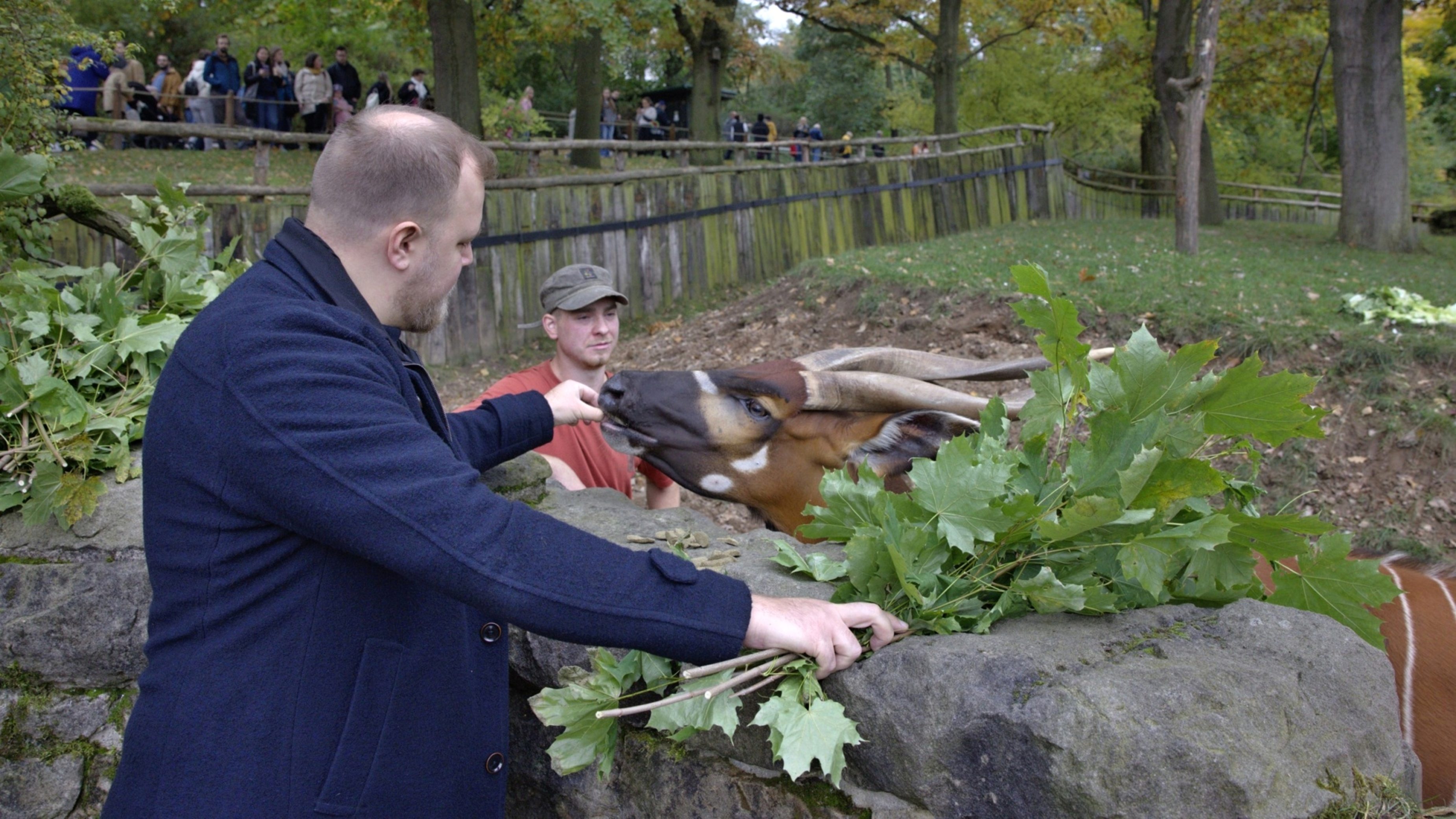
YouTuber Stejk became the calves’ godfather. He wished them a long and happy life. Photo Václav Šilha, Prague Zoo
Visitors to Prague Zoo can see the mysterious mountain bongo not far from the Hippo House. Those interested can learn about mountain bongos through a programme offering unique experiences. A Hop with the Antelopes, takes visitors on a special tour of the breeding facilities: https://eshop.zoopraha.cz/na-skok-u-antilop.html. During the shorter Mountain Bongo Feeding, which runs daily from May to September, visitors can feed the largest forest antelopes whilst accompanied by a guide: https://eshop.zoopraha.cz/krmeni-bongu.html. Through their purchases, visitors also provide finances for the conservation of mountain bongos in their homeland.
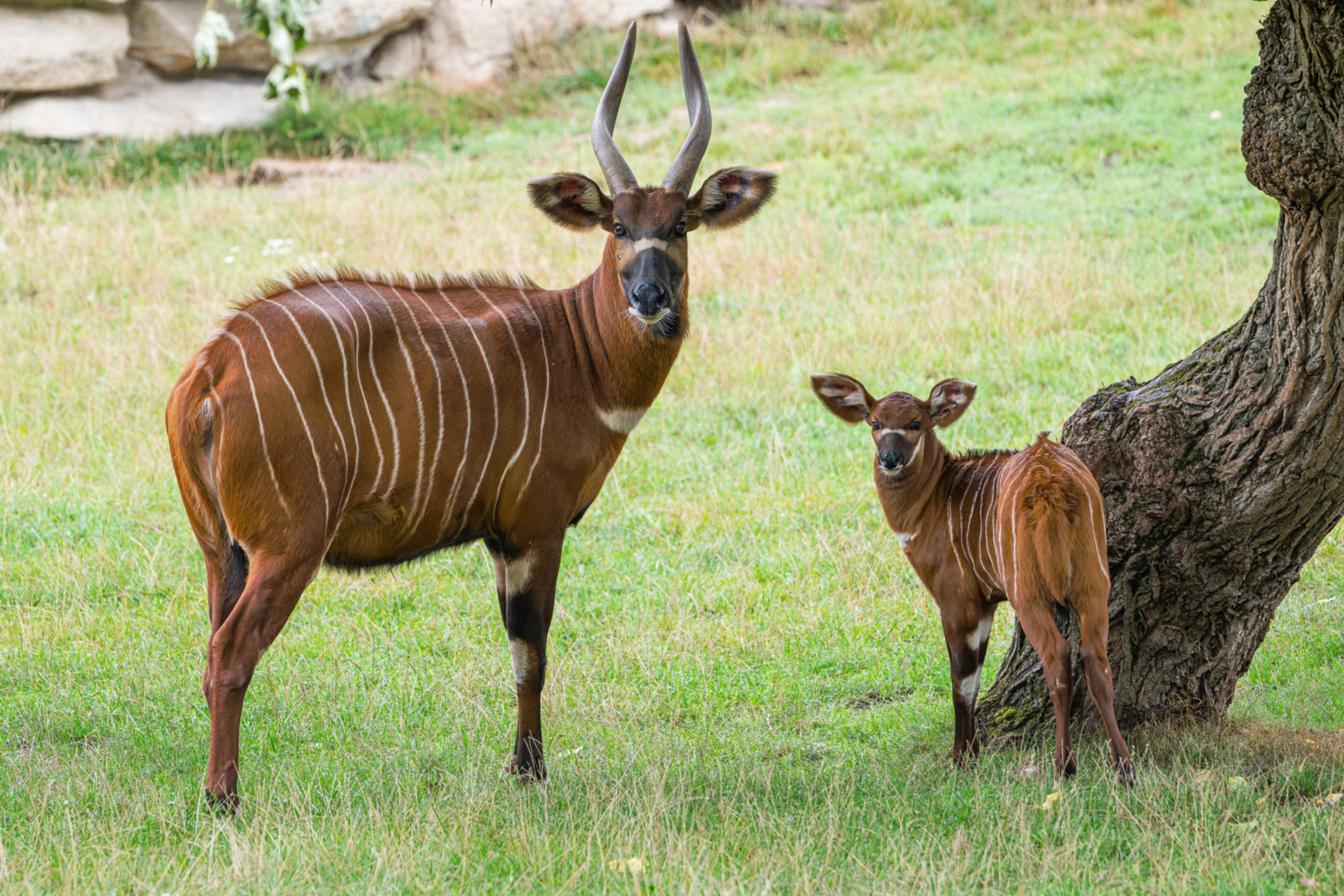
None of the females were first-time mothers, nevertheless, the keepers watched the births on camera, just to be sure. Both births were without complications. Pictured here are the female Rayli and the male Meru. Photo Petr Hamerník, Prague Zoo
ZOOPRAHA.CZ
Contacts
- The Prague zoological garden
U Trojskeho zamku 120/3
171 00 Praha 7
Phone.: (+420) 296 112 230 (public relations department)
e-mail: zoopraha@zoopraha.cz
Others






